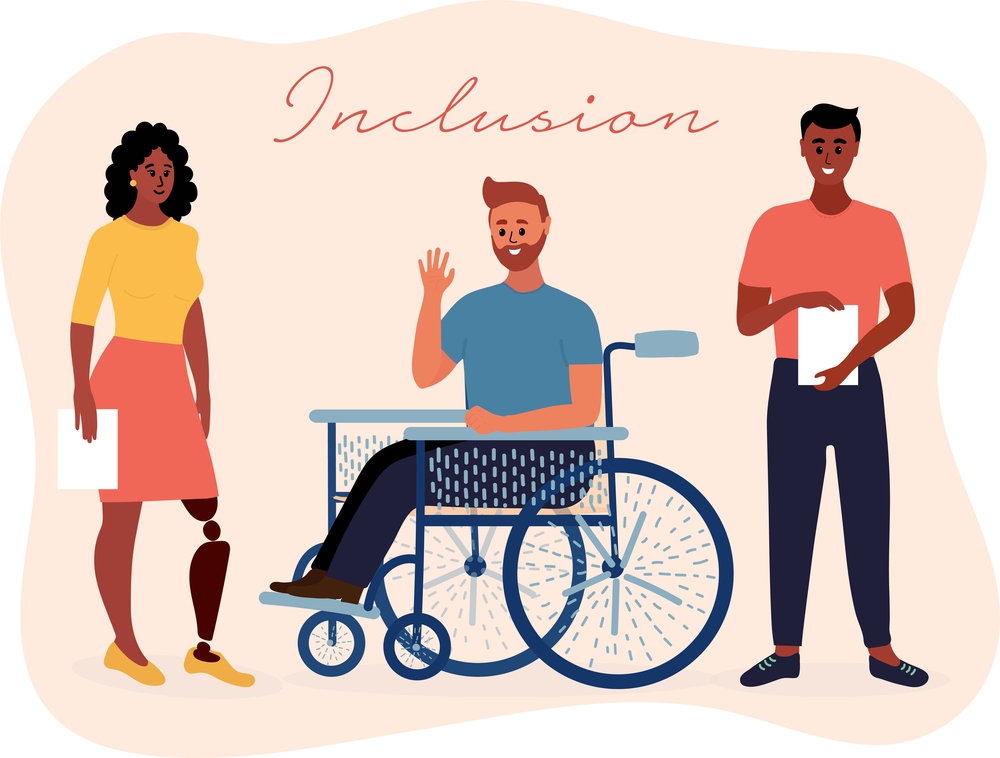In today’s rapidly evolving digital landscape, technology serves as a powerful force for inclusion, empowering individuals from all walks of life to connect, create, and contribute. However, amidst the rapid advancements, it’s important to ensure that individuals with disabilities are not left behind. Disability inclusion in the tech industry is not only a matter of social responsibility but also a smart business decision. Despite advancements, barriers to accessibility still exist, hindering full participation in the tech sphere. By creating accessible and inclusive digital experiences, we can bridge the digital divide and empower individuals of all abilities to fully participate in the technological revolution. Addressing these challenges is not just a matter of equality; it’s about leveraging diverse perspectives to drive innovation and create a more inclusive future.
Understanding the Digital Divide
The digital divide refers to the gap between those who have access to digital technologies and those who do not, with disparities existing in terms of access, skills, and usage. For people with disabilities, this gap is often exacerbated by inaccessible design, limited resources, and societal stigmas. According to the World Health Organization, approximately 15% of the world’s population lives with some form of disability, making it imperative to prioritize disability inclusion in the tech sector.
Challenges Faced by Individuals with Disabilities in Tech
People with disabilities encounter various obstacles when using technology, posing significant challenges in their professional and personal lives. The following are common challenges faced by individuals with disabilities in the tech industry:
- Physical Barriers
Traditional technology interfaces often overlook the needs of individuals with physical disabilities, such as mobility impairments or motor skill challenges. Lack of accommodations for diverse physical abilities can restrict access to and use of technological devices and platforms.
- Digital Accessibility
Many digital platforms, websites, and software applications lack proper accessibility features, making it challenging for individuals with visual or auditory impairments to navigate them effectively.
Inadequate consideration of screen readers, alternative text for images, and other assistive technologies further compounds the issue of digital accessibility.
- Representation in the Industry
The tech workforce often lacks representation of individuals with disabilities, leading to a limited understanding of their needs and perspectives. The absence of diverse voices hampers the development of inclusive technologies and solutions that cater to the needs of all users.
Addressing these challenges requires a concerted effort from the tech industry, policymakers, and society as a whole. By prioritizing inclusivity and accessibility, the industry can create a more equitable and supportive environment for individuals with disabilities.
The Importance of Disability Inclusion in the Tech Sector
Embracing disability inclusion in the technology sector is crucial for fostering a more innovative, accessible, and diverse industry. The benefits of prioritizing disability inclusion in tech are numerous and have far-reaching implications, impacting not only individuals with disabilities but also the industry as a whole.
- Innovation
By incorporating diverse perspectives, including those of individuals with disabilities, technology companies can drive innovation. This diversity of thought can lead to the development of products and services that cater to a broader audience. When individuals with disabilities are involved in the design and development process, it can result in the creation of more inclusive and innovative solutions.
- Market Expansion
Accessible technology not only benefits individuals with disabilities but also enhances the user experience for all. By designing products and services with inclusivity in mind, tech companies can expand their market reach. When technology is accessible to a wider range of users, it opens up opportunities for reaching new customer segments and tapping into previously underserved markets.
- Talent Acquisition and Retention
Fostering an inclusive work environment attracts top talent. When companies prioritize disability inclusion, they signal to potential employees that they value diversity and are committed to creating a welcoming and supportive workplace. A diverse workforce brings together individuals with unique perspectives, ultimately leading to increased creativity and problem-solving capabilities. Moreover, cultivating a work environment where all employees feel valued and supported can contribute to higher levels of employee satisfaction and retention.
Prioritizing disability inclusion in the tech sector is not only a matter of social responsibility but also a strategic business decision. Embracing diversity and creating an inclusive environment can lead to enhanced innovation, broader market reach, and a more engaged and productive workforce. As technology continues to play an increasingly integral role in our lives, it is essential to ensure that it is developed with the needs of all individuals in mind, including those with disabilities.
Strategies for Bridging the Digital Divide
In today’s digital age, it is essential to ensure that technology is accessible to all, including individuals with disabilities. Bridging the digital divide and promoting disability inclusion in tech can be achieved through various strategies. These strategies encompass a range of approaches aimed at making digital products and experiences more inclusive and accessible for everyone.
- Accessibility Standards
Adhering to global accessibility standards, such as the Web Content Accessibility Guidelines (WCAG), is crucial. These standards ensure that digital products are designed and developed in a way that makes them usable by individuals with disabilities. By following these guidelines, tech companies can create products that cater to a diverse range of users, regardless of their abilities.
- Inclusive Design
Incorporating inclusive design principles from the outset of product development is key to creating technology that is accessible to everyone. By considering diverse user needs during the design phase, tech professionals can develop products that are inherently inclusive, providing a seamless experience for individuals with disabilities.
- Education and Awareness
Providing training on disability awareness and accessibility best practices is essential for equipping tech professionals with the knowledge and skills to create inclusive digital experiences. By fostering a deeper understanding of the challenges faced by individuals with disabilities, technology creators can proactively address accessibility issues in their products.
- Partnerships and Advocacy
Collaborating with disability advocacy groups and organizations is a powerful way for tech companies to gain insights into the needs of individuals with disabilities. By forming partnerships and engaging in advocacy efforts, tech firms can work towards implementing inclusive policies and practices, ensuring that the voice of the disability community is heard and integrated into the development of digital solutions.
By implementing these strategies, tech companies can take significant steps towards bridging the digital divide and fostering a more inclusive digital landscape. Embracing accessibility, inclusive design, education, and advocacy not only benefits individuals with disabilities but also enriches the overall user experience for everyone, ultimately leading to a more equitable and accessible digital environment.
Conclusion
Disability inclusion in the tech industry is a crucial step towards bridging the digital divide and creating a more equitable and accessible digital landscape. In the journey toward a more inclusive digital future, addressing the digital divide faced by people with disabilities is paramount.
By embracing inclusive practices, leveraging diverse talent, and prioritizing accessibility, we can harness the full potential of technology to empower individuals of all abilities and drive positive change in the digital realm. Prioritizing accessibility, breaking down barriers, and celebrating diversity are key steps in this journey.
Together, let’s work to ensure that no one is left behind in the digital revolution and build a tech ecosystem that leaves no one behind. With these efforts, we can bridge the gap and harness the transformative power of technology to create a world where everyone, regardless of ability, can fully participate and thrive.

